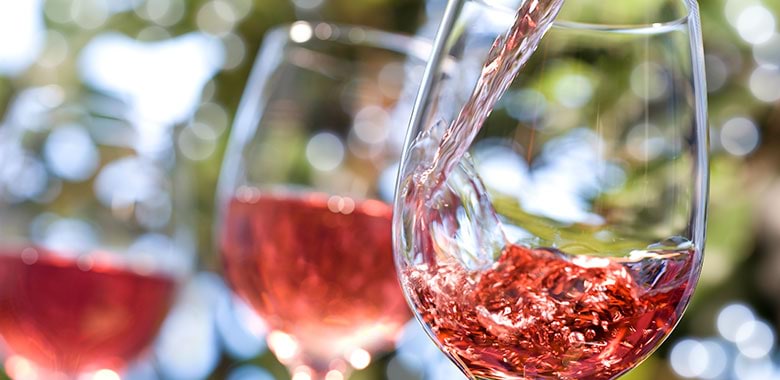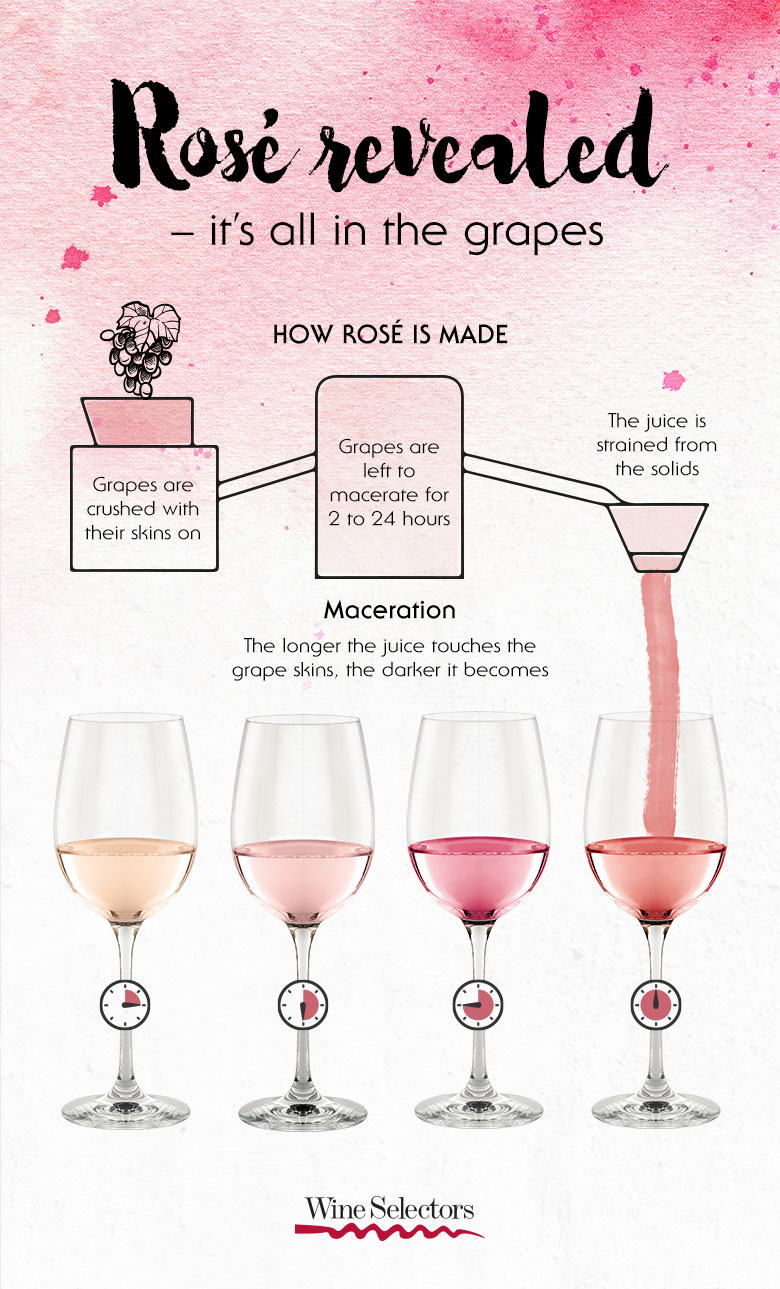
Wine
Rosé revealed – how is it made?
The time is ripe for Rosé – spring afternoons and evenings are perfect for relishing the refreshing, savoury characters of fabulous Australian drops. But, as you sit back and sip its deliciousness, do you ever wonder exactly how Rosé is made?
Up until a few years ago, Australian winemakers made Rosé as an afterthought, says Tasting Panellist Adam Walls. “Whereas now, the wines are being made deliberately, with designated parcels of fruit that have been picked specifically to be turned into Rosé.”
As Hunter Valley winemaker Mike De Iuliis explains, “There are two distinct keys to making quality Rosé. First is the variety that is being used, and second is timing of harvest.”
There are many different styles of wine and as Mike describes, “Rosé is quite a personalised wine and at De Iuliis, we are looking to produce a style that is bright, fresh and vibrant. We also try to produce a drier, more savoury style that is built around texture and acidity rather than sugar and fruit.”
So, how is Rosé made?

The Maceration Method
Just like red wine, Rosés pick up their colour from the skin of red wine grapes. The winemaker can determine the depth of colour in the wine by deciding how long to leave the juice in contact with the skins, typically anywhere from 2 to 24 hours – the shorter the time, the lighter the colour.
The amount of time a winemaker leaves the juice in contact with the skins, Hunter Valley winemaker Mike De Iuliis explains:
“It depends on the variety you're using. With our special release Rosé, which is made from Grenache, the fruit is harvested by machine and then transported to the Hunter Valley (from the Hilltops). This time on skin is about long enough (approx. 8-12 hours), to pick up the colour that we like and also the flavour profile that we are looking for.”
- Mike De Iuliis, De Iuliis Wines - Hunter Valley
There are different techniques used for this process, including the maceration method, which allows the crushed skins of the red wine grapes to ‘steep’, or macerate, in the juice for a short period of time, before the skins are removed and the entire tank is finished into a Rosé wine.
The Saignée Method
Another method is called the Saignée (‘san-yay’), or the ‘bleed’ method. This involves ‘bleeding off’ a portion of the juice – while the remaining goes on to make red wine – into a separate vat to finish fermentation. This technique can result in some really lovely examples. Saignée expert Andrew Margan is a strong proponant of this style:
When making rose using this method we soak the unfermented grape juice on its skins for about 48 hours and allow the juice to soak some colour and flavour out of the skins before we run just 10 % of that juice off into another tank and add yeast to ferment it like a white wine. Cold fermentation ensures that the fruit flavours and aromas are conserved in the finished wine.The key is to make sure you drain off the juice at the right time. Because we have much softer tannins here in the Hunter and we obtain ripeness of flavour at lower alcohols we can make a saignee style rose that does not require any residual sugar and has enough richness of flavour without being too high in alcohol to make a dry rich Rosé
- Andrew Margan, Margan Wines
Blending:
Another way to make Rosé is by mixing white and red wine together, although, this rather crude method is generally frowned upon and doesn’t usually make for a very nice tasting wine.
Colour and Characters:
The colour of Rosé can range from the lightest shades of pale onion skin pink to salmon, coral, hot pink, and ruby red; generally speaking, the darker the colour, the more intense and sweeter the wine. Primary fragrances and flavours of Rosé depend on the type of grape, or grapes, used, but will typically sit along the spectrum of red fruits and florals, melons and zesty citrus. Sometimes, you’ll find pleasant green characters, like rhubarb or strawberries with their leafy green tops still on.
What varieties are used to make Rosé?
Rosé can be made from just about any red wine grape variety there is. In Australia, the more common varietals used to make Rosé include Shiraz, Pinot Noir, and Grenache. But also, Merlot and Cabernet Sauvignon. In Provence, the historical home of Rosé, winemakers will blend grape varieties, such as Cinsault, Mourvédre, Syrah (Shiraz), and Carignan, to create gorgeous examples of this pale pink wine.
Now you know how it’s made, it’s time to drink to Rosé’s pink perfection and fill your spring with some delicious drops.